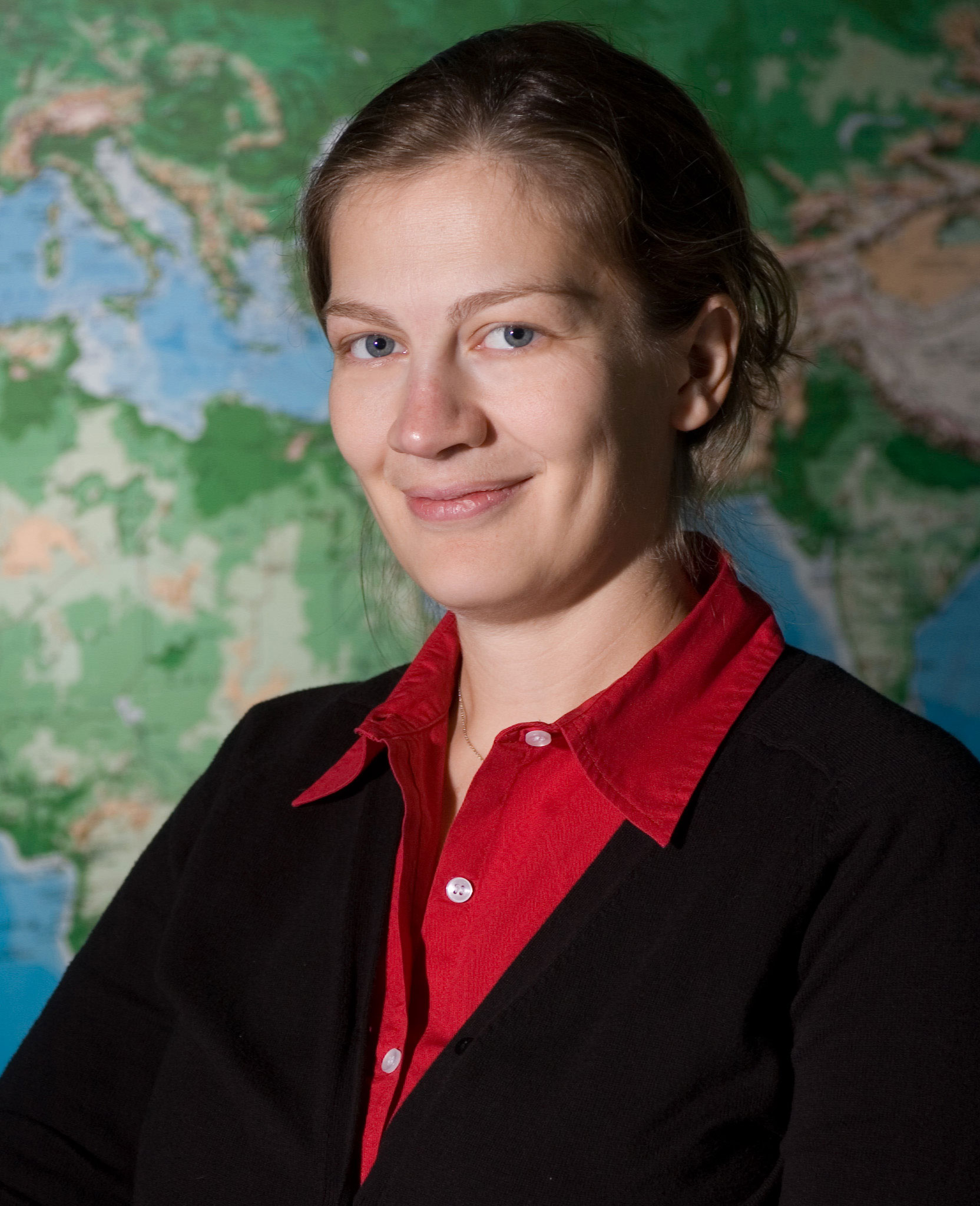Post-disaster debris collection operations are, in general, not planned in advance and are done in an ad-hoc way after an event. Issues in tactical and operational planning include clearing quickly, widely, and in a way that is good for the environment and health. Co-directors for the Georgia Tech Center for Health and Humanitarian Logistics Pinar Keskinocak, Joseph C. Mello Professor, and Özlem Ergun, associate professor, and their students at the Stewart School of Industrial and Systems Engineering have been developing a set of tools for prioritizing road clearance immediately after a disaster, efficient collection of the debris from the cleared areas, and debris disposal and recycling while minimizing short and long term societal and environmental effects. This work was supported by the National Science Foundation.
Özlem Ergun, who is also a visiting associate professor at Harvard, took this work to a group of Harvard students who were participating in the IACS Computational Challenge.
The students were given the following scenario: Imagine a powerful hurricane has wreaked havoc on the city of Cambridge, Massachusetts. Thousands of residents are injured, but debris blocks roads everywhere, preventing medical workers from reaching the victims.
Crews are mobilizing to clear paths between the victims and two medical centers, Mount Auburn Hospital and Harvard University Health Services. Which roads should they open first, in order to quickly reach the largest number of victims? How many of those roads can they actually clear each day with the equipment available?
The competition was part of ComputeFest, a two week program hosted by the Institute for Applied Computational Science (IACS) within the Harvard School of Engineering and Applied Sciences.
To read more about this competition and Ergun’s involvement, click here.
